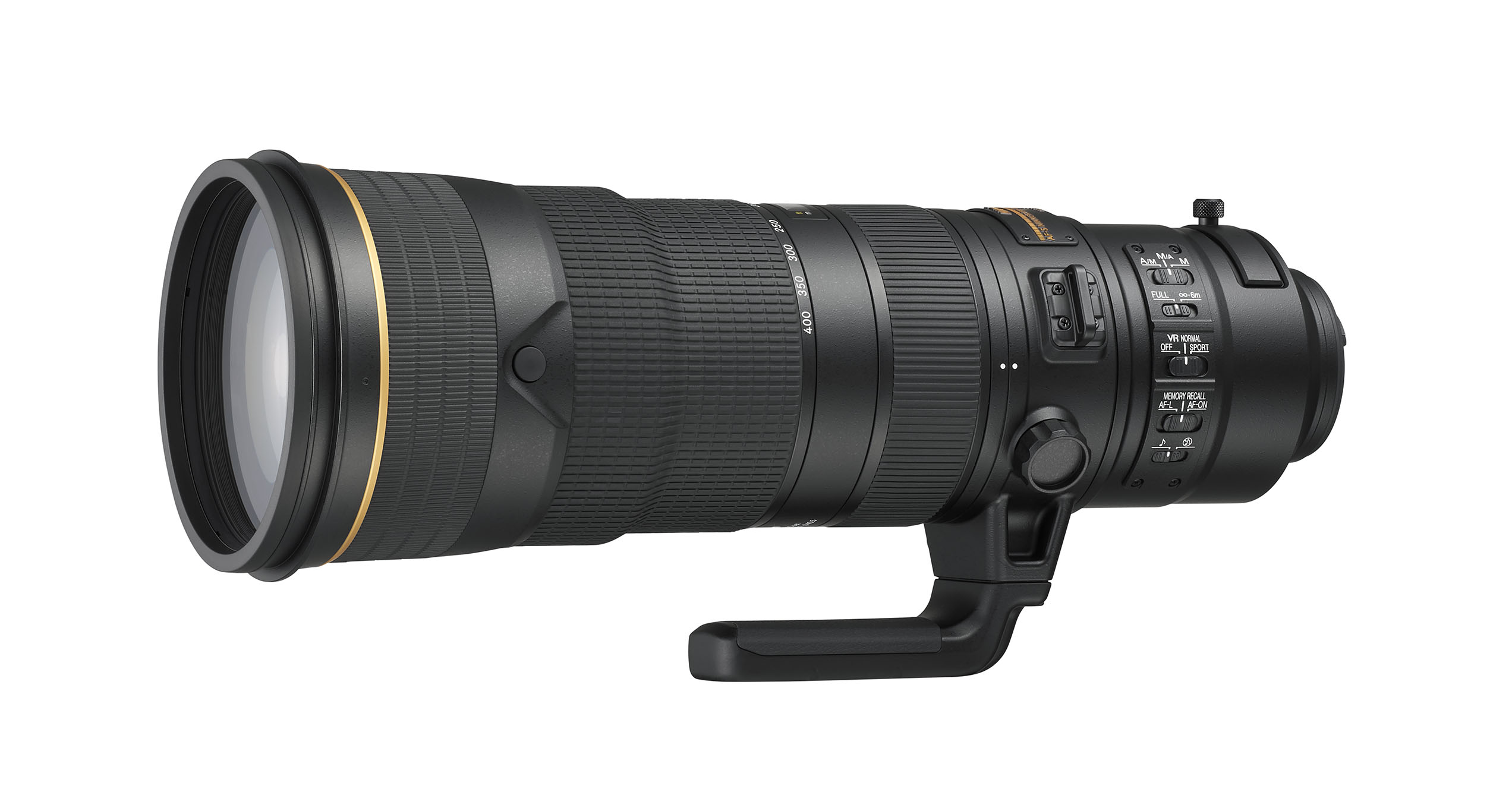

The diaphragm will stay wide-open, which may or may not be a problem for you. NO: These new "E" diaphragm lenses will not work on the D1 or D2 series, D100, D200, D90, D80, D70 series, D60, D50, D40 series, or the D3000, and will not work on any 35mm camera. The new electronic diaphragm "E" lenses only work on Nikons introduced since about 2007. Use the G and AF or AF-s columns to see their compatibility.ĭX, like G, is a handicap, not a feature, but except for the potential for black corners doesn't otherwise alter compatibility. Beware!ĭX lenses are lenses without enough coverage for film or FX cameras at some, or all, focal length settings.ĭX lenses often give black corners on anything but a DX camera.Įxcept for the potential of black corners on film or FX, DX lenses as as compatible as every other G lens.Īll DX lenses are G, and are either traditional AF Often crappy lenses like Sigma or Tamron might work on a camera today, but they won't work on your next camera.
#Zoom objektiv nikon d3100 manual
Zoom AF lenses, ever since they were introduced in 1986, have always had focal length encoders which insert data into today's digital cameras' EXIF data.ĪF lenses of today (mockingly even the G versions) still have mechanical lugs for backwards compatibility with the matrix meter of the 1983 FA, and manual focus lenses still have prongs for coupling to the 1959 F. Nikon AI lenses in 1977 already had secret lugs on the back which couple lens information to cameras for Matrix metering, not introduced until the FA of 1983. Nikon often includes secret features in cameras and in lenses to make them compatible with the next five years or so of secretly planned technology.įor instance, the 1988 F4 is completely compatible with AF-I and AF-S lenses - which didn't appear until the next decade in 19! This chart does not apply to any brands other than Nikon. For instance, my TC-16A autofocusing converted explicitly says it's only compatible with the N2020, which was true when it came out in 1985, but it works great on my F4 and F6.

When a camera or lens is introduced, of course its manual can't talk about compatibility with future products. For these, always read your owners manual or ask Nikon USA at (800) NIKON-UX (digital) or (800) NIKON-US (film). There will be some oddball items not covered. Not that you'd want to use them, since the 18-55mm II lens included with the D40 way outperforms the older lenses not only optically, but also offers autofocus, zooming and auto exposure, but if you have old lenses lying around, a big advantage of the Nikon system over any other is that many items, regardless of age, plug and play with the rest. It works with everything from 1959 through today with few exceptions.Īs you've read at Nikon System Compatibility, it's amazing how lenses and cameras made over all of Nikon's SLR history often work just fine with each other.

Want to know my recommendation for the most flexible film camera ever, and a steal at today's used prices? Get an F4. Cameras vary more than I can fit in a table. It's not a table of camera features for selecting a camera. These tables help figure out which lens does what on which camera.


 0 kommentar(er)
0 kommentar(er)
